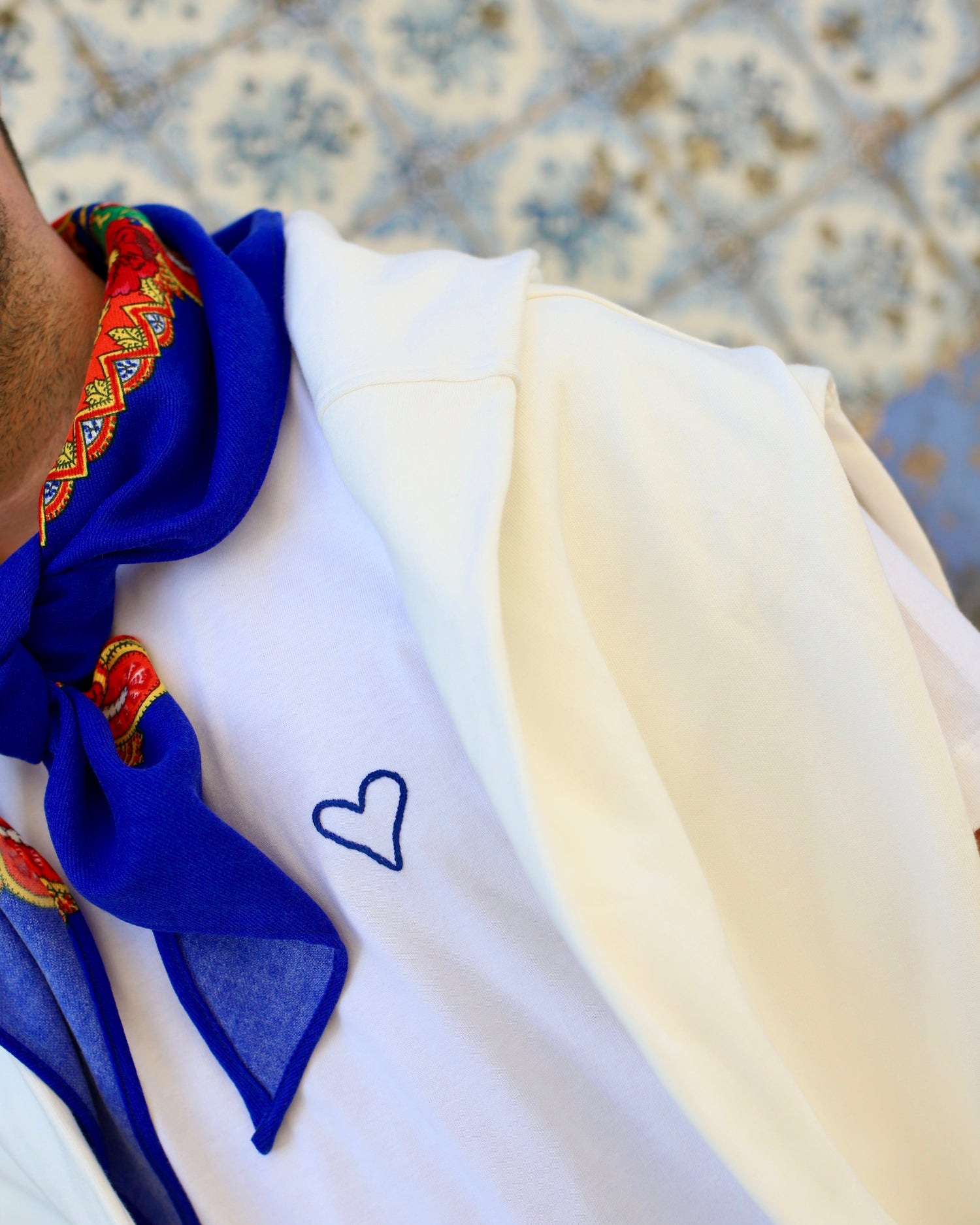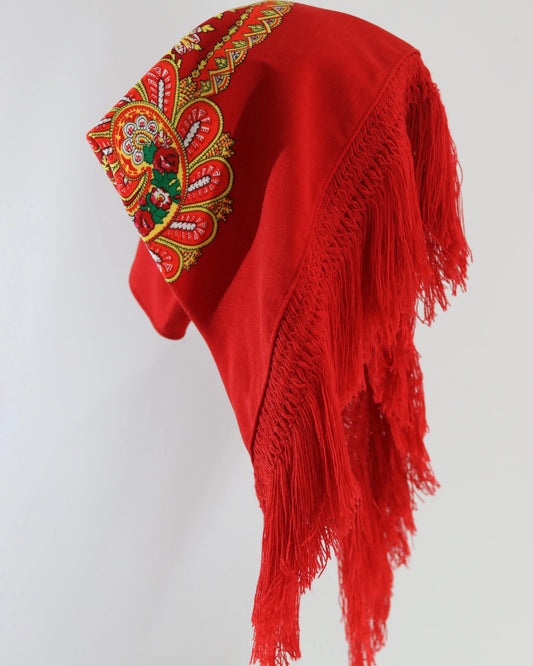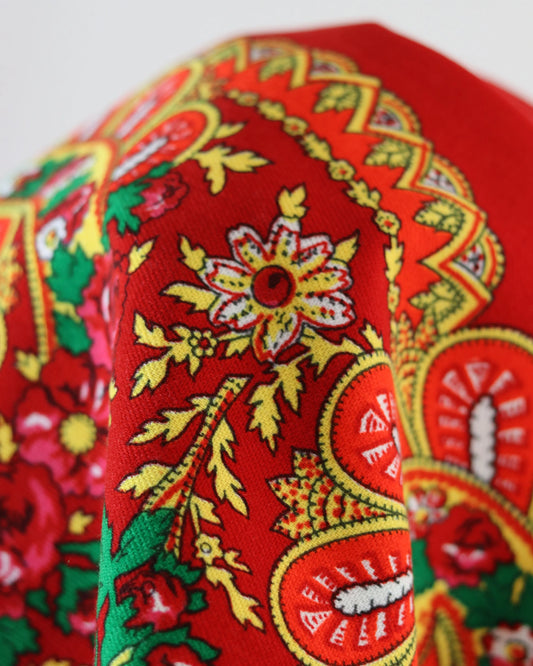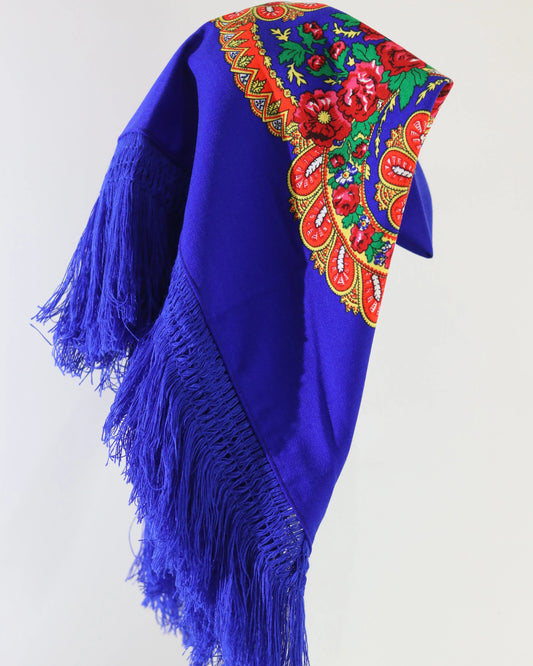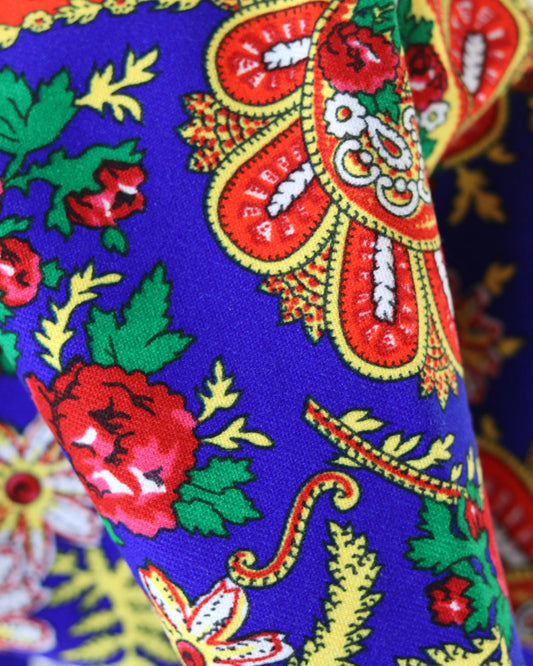Discover the Zés Pereiras and Gigantones in Viana do Castelo
Some sounds linger in your soul. In Viana do Castelo, when August heats up and the Lima River casts light over the city, the low beat of the bass drums begins to echo through the alleys and squares. Soon after, tall, colorful figures with bobbing heads arrive, making children and adults laugh. They are the Zé Pereiras and the Gigantones, living symbols of a tradition that infects those who see, hear, and participate.
You might be sipping coffee in Praça da República mid-morning when the first beat catches you by surprise. Your heart follows the rhythm, your feet move forward on their own, and before you know it, you're in the middle of a street parade, surrounded by Minho costumes, embroidered scarves, drums, and giant faces blinking above the crowd.
The party is on. And the best thing to do is follow the music.
Zés Pereiras, the pulse that drives the city
The Zés Pereiras groups are folk percussion groups, featuring bass drums, snare drums, and snare drums, sometimes accompanied by bagpipes or bugles. In Viana do Castelo, the term isn't just a name; it's an attitude. With rhythm at the forefront, chests out, and a firm cadence, the group leads the way and calls the square to itself.
Their origins are lost in the announcements of the festival, challenges between villages, and ancient pilgrimages where the beating of the bass drum marked the hours of the day. Today, they continue to fulfill this role of convocation, traveling through narrow streets or wide avenues with streets that set the tone of the day.
What's most striking is the balance between power and detail. There are calls and responses between players, eye-popping syncopations, and then, suddenly, a brief silence that makes the next mallet sound even louder. When a group is in tune, there's a rare, almost earthy unity.
Some striking features:
- Large diameter bass drums, tuned lower, which guarantee the body of the sound
- Boxes and boxes adorning the wrist with quick rudiments
- Cadences that alternate march, cut and call
- Dynamics ranging from collective whisper to the full vibration of leather
Giants and big heads, cardboard figures and grace
A few meters from the bass drum line, another spectacle arises. The gigantones, 3 to 4 meters tall, dressed in folk-inspired costumes, swing overhead. Beside them, the shorter cabeçudos, with large cardboard heads and exaggerated expressions, provoke the audience with serpentine runs.
The secret lies within. Each giant figure is animated by a bearer who supports and guides it, turning and tilting the figure to bring the painted gaze and smiling mouth to life. The ballet is simple and effective: long steps, a turn, a brief stop, a wave from above. The crowd responds with cell phones in the air and spontaneous applause.
These big-headed ones are all about detail. They approach, tease affectionately, play with children, and pose effortlessly. There's no show without them. Wherever they go, they create clearings and laughter.
How a gigantone is born
Building a gigantone is a handmade process, made of patience and experienced hands:
- Figure drawing, with lines and colors designed for reading from a distance
- Light structure, made of wood or cane, that supports the head and trunk
- Head molded in paper and glue, then dried and painted, with varnish for protection
- Loose clothing, cut to hide the wearer and give balance to the piece
- Internal harness, adjusted to the driver's body, to distribute the weight
- Balance tests, entries and exits, controlled turns and signals with music
The end result is impressive. The figures gain personality, tell stories, and each group develops its own style, somewhere between comical and ceremonial.
Viana do Castelo, the biggest stage of tradition
The city breathes pilgrimage, with Our Lady of Agony dominating the calendar at the height of summer. The program spans several days and encompasses the entire city, from the boats in Lima to the glittering gold of the stewardesses, the historic procession, and the streets that throng from morning to night.
Zés pereiras and gigantones appear at different times, cross paths in crowded squares, and meet again in the afternoon in another square. The historic center functions as an open-air coliseum. The sound of granite, the balconies with quilts, the windows crowded with curious onlookers—all contribute to the atmosphere.
If you arrive early, you'll find unexpected rehearsals and warm-ups. If you stay late, you'll catch group challenges, parting touches, and giant steps you only see when the street is nearly empty.
The sound inside: instruments and rhythms
The bass drum's vibration is felt in the belly and the ride. It's worth getting closer to understand how it all fits together.
- Bass drum: wide skin, made of leather or synthetic material, heavy mallet, dry or open beat depending on the section
- Snare and snare: response, flourishes, gratings that hold the rhythmic mesh
- Bagpipes: when they appear, they add melodic color and make the turns gain another shine
- Rattles and little irons: small effects that add texture and surprise
The patterns alternate between simple marches, roll calls, cuts that mark the entrances of gigantones, and climactic moments when bass drums fire in unison. The best moments come when the group can vary the intensity without losing the cadence that draws the audience in.
A quick tip: Bring earplugs if you have sensitive ears, especially for children. The proximity to the bass drums can be intense, and you won't miss out on the experience by protecting yourself.
Who they are, what they do, where they shine
Table: quick comparison between zés pereiras and gigantones
| Appearance | Zés Pereiras | Giants and big heads |
|---|---|---|
| Essence | Popular percussion, rhythm and call | Visual street theater, body and caricature |
| Composition | Bass drums, snares, snare drums, sometimes harmonica | Tall structures, cardboard heads, carriers |
| Function at the party | Open the way, liven up streets, mark entrances | Interact with the public, provoke smiles |
| Dynamics | From piano to fortissimo, cut and response | Long steps, turns, little pantomimes |
| Best angle | Front of the group or side, to see the hands | A little away, to get the height |
| Typical duration | Ruffles lasting 10 to 30 minutes, repeated throughout the day | Short and frequent departures, with regular breaks |
| Interaction | Call knocks, challenges between groups | Direct approach, poses and games |
| Sensory memory | Sound gravity in the chest and on the floor | Colors and expressions marked in the photographs |
Practical guide to experiencing the party
If you have a whole day:
- Morning in Praça da República and nearby streets, where the first streets usually take place
- Mid-afternoon at Campo da Agonia and the shore, with more space to see the giants in their entirety
- Night between the square and the sanctuary, attentive to challenges from Zés Pereiras that arise spontaneously
If you are short on time:
- Arrive 30 minutes before a main show to secure a spot.
- Look for recessed corners, which help you see the height of the giants.
- Follow the sound of the bass drums down a street or two, without getting stuck in one spot.
For families with children:
- Set a visible meeting point
- Use hearing protection if they are sensitive to volume.
- Have water and a snack handy, breaks don't always coincide with children's hunger
Simple label that makes a difference
- Leave room for figures to maneuver, especially around corners.
- Avoid blocking the front of the bass drums during calls
- Greet the carriers when they rest, a thank you goes a long way
- If you take a picture from too close, do it quickly and leave immediately afterwards.
Photography that tells the story
The height of the giants demands framing that includes a bit of sky or the facades of the buildings. The granite of Viana, the decorated balconies, the awnings of the terraces—all create backdrops that elevate the image.
Some simple ideas:
- Wide angle to capture the entire gigantone and the audience's reaction
- Slightly slower speed to capture the bass drum beat trail
- Backlighting in the late afternoon, which dramatically outlines the figures
- Details of hands and drumsticks, embroidery on costumes, expressions on the big heads
If you like video, capture 10 to 15 seconds per clip, with smooth motion. The pace demands short cuts, and the editing will thank you.
Behind the scenes that the public rarely sees
After the exit, the giants rest in makeshift courtyards and warehouses. Their heads align against the wall, their dresses air out, and their harnesses relax. This is where you decide if the next turn will involve an extra twist, if the entrance will make the figure lean more, if that wave works better from the front or from the side.
At Zé Pereiras, the conversation revolves around beats and signals. A new cut, a snare boost, a cadence that worked and another that's best saved for the next street. The band works like a high-speed team, but with the heart of a neighborhood association. This mix explains the energy you feel on the street.
When to go and how to plan
The largest gathering occurs in August, during the great pilgrimage. Even so, the annual calendar offers other outings linked to local events, group gatherings, and community invitations. Keeping an eye on the municipal calendar and cultural association networks helps you not miss out on good opportunities.
Time-saving tips:
- Book accommodation in advance, the city gets crowded on big days
- Prefer walking tours in the historic center
- Wear comfortable shoes, you will be walking and standing
- Always have a plan B for lunch, popular restaurants fill up early.
Where tradition meets the present
The strength of these demonstrations lies in their fidelity to popular gestures, but they don't remain trapped in the past. There are new materials in the instruments, improvements in the comfort of the harnesses, and even small updates to the costumes that respect the traditional aesthetic. The groups are incorporating young people, opening workshops, and holding open rehearsals.
The audience is also changing. Today, families from various countries arrive, with smartphones and different expectations. The response has been welcoming. Viana welcomes, explains, shares, and maintains the level of communication. This openness, combined with the groups' internal demand, keeps the bar high.
Small glossary so you don't get lost
- Arruada: group departure through the streets, without a rigid route
- Call: beat or sequence indicating entry, stop, or change
- Parade: parade with defined order and scheduled times
- Steward: woman dressed in gold and Minho costume, a prominent figure in the pilgrimage
- Cabeçudo: figure with a large cardboard head, animated by a visible bearer
- Gigantone: tall figure, with a structure that covers the wearer's entire body
Three ideas for living more closely
- Attend an open rehearsal, when announced, to understand signals and dynamics
- Visit workshops of artisans who work with paper, wood and fabric, if they are open at that time.
- Follow a group for a morning, keeping a respectful distance, to feel the repetitions, the smiles and the camaraderie
Stories that the street tells
There's always a kid who cowers behind his dad at the first sight of the big-headed creature, and five minutes later asks for a photo. There's a lady who taps a compass on her grocery bag as the group passes by. There are tourists who join in unexpectedly and find themselves distinguishing the marching call from the roll call.
The giants, from above, seem to look down on us with memories of many festivals. The face paint reproduces familiar features, mustaches, braids, scarves, and ties recall local imagery. None of this is done haphazardly. When the giant leans over the audience and the bearer takes two long strides, a moment is born that only that street can experience.
Advantages of viewing from multiple points
- Praça da República: heart of the city, easy crossing of groups
- Largo de Camões: more open, good light and space for giants
- Campo da Agonia: riverside atmosphere, Lima breeze and possible rest
- Side streets: proximity and surprise, ideal for those who prefer less hustle and bustle
If you want crowd-free photos, look for side streets and alleyways where groups pass to change direction. A three-meter gap can work wonders.
For those arriving for the first time
Viana do Castelo is welcoming, with a walkable center, cafés with conversation counters, and restaurants serving heart-warming dishes. Between one street and another, there's room to visit the sanctuary at the top of Santa Luzia, browse the market, or sit on a terrace and watch the city unfold.
And then, the sound calls again. The beat echoes, the big heads appear in the background, and the audience makes way like someone welcoming old friends. That's the charm.
When you get home, you'll recognize the bass drum's timbre in any recording. You'll smile when you see a photo of a giant bass drum leaning over, with someone's hands outstretched from the street. And you'll realize it wasn't just a show, it was a piece of the city pulsating with you.



